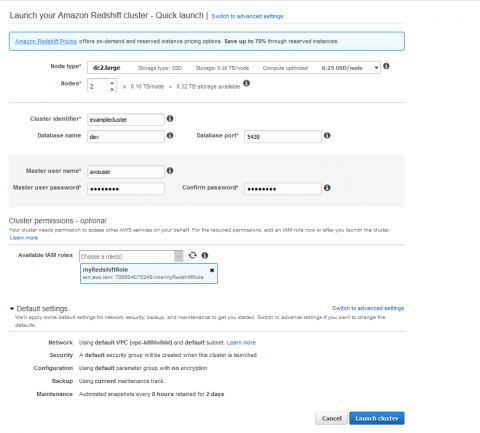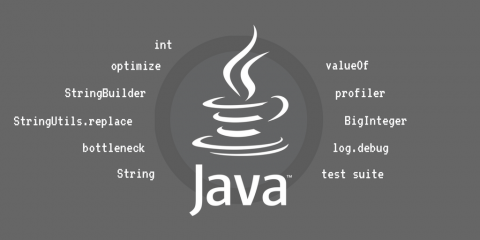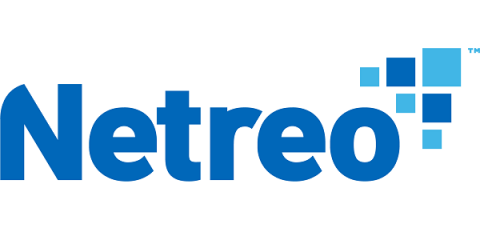What is Amazon Redshift?
In this blog series, we will cover how Amazon Redshift and Sumo Logic deliver best-in-class data storage, processing, analytics, and monitoring. In this first post, we will discuss how Amazon Redshift works and why it is the fastest growing cloud data warehouse in the market, used by over 15,000 customers around the world. When an organization gains traction, the size of data that needs to be stored, monitored, and analyzed expands exponentially.











